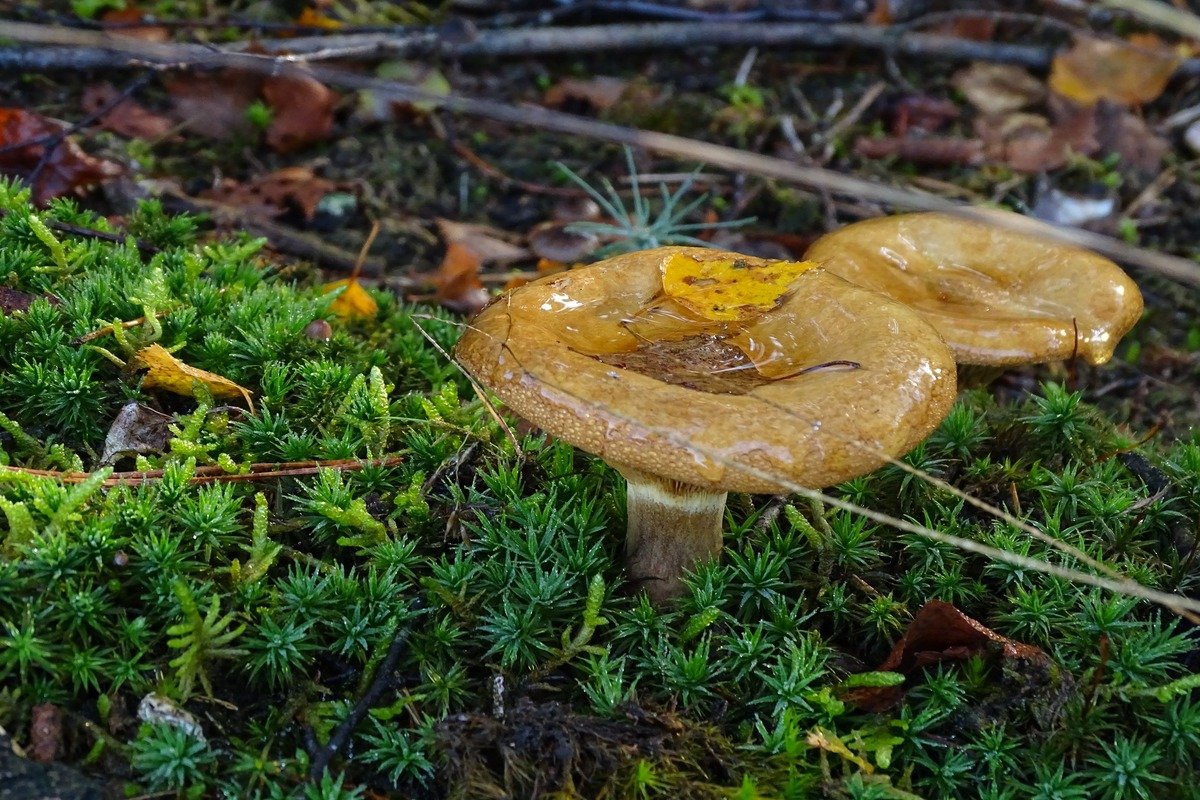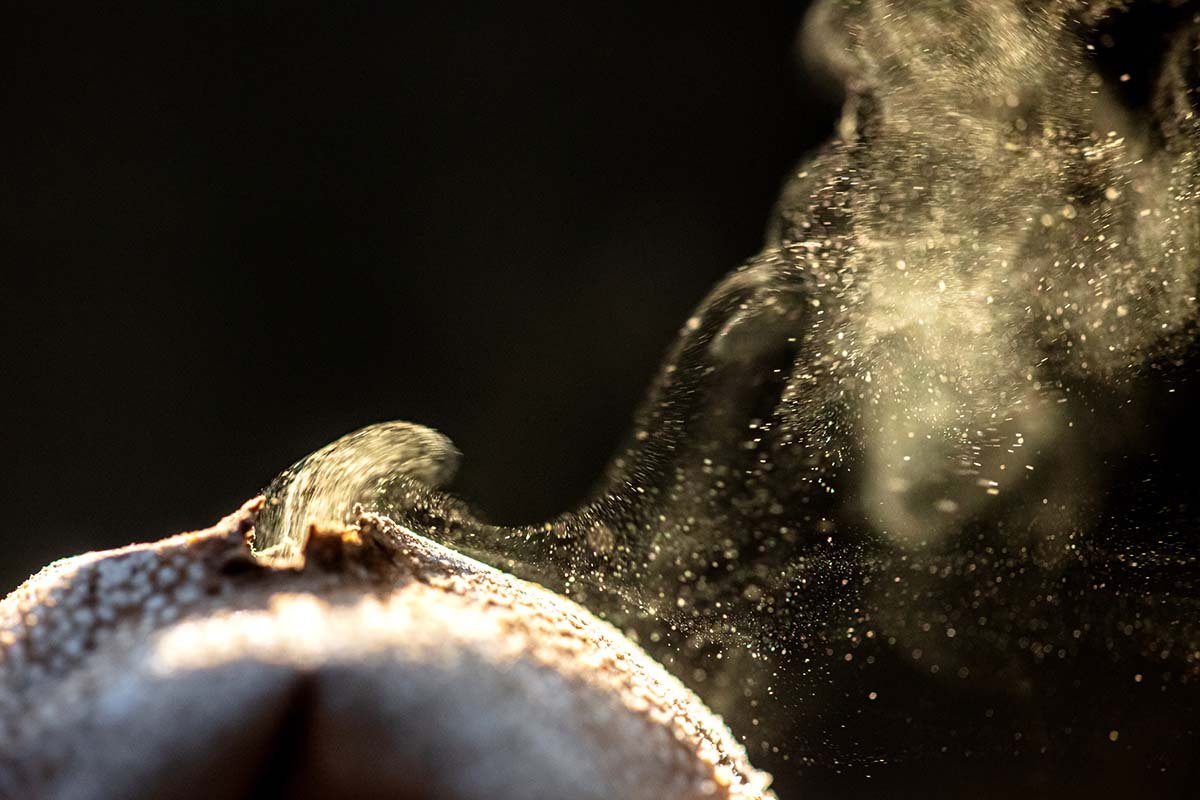I Glow in the Dark, Live on Your Feet, and Put Ants to Work—What Am I?
Fungi are one of the most fascinating and bizarre organisms on Earth—and they are delicious. Many species contain either medicinal or hallucinogenic properties, and they can play an important role in well-being and health. Chances are, you’ve already read about some obscure fungi facts, so we did a little extra digging to find some (hopefully) new-to-you facts.
Videos by Outdoors
Some Mushrooms Glow in the Dark

Some fungi glow in the dark thanks to a chemical reaction between an enzyme called luciferase, oxyluciferin molecules, and oxygen. This reaction and the resulting glow is similar to what we see in fireflies and bioluminescent jellyfish. Some bioluminescent mushroom species include bitter oysters (Panellus stipticus), little ping-pong bats (Panellus pusillus), bleeding fairy helmets (Mycena haematopus), and jack-o’-lantern mushrooms (Omphalotus olearius).
Other Fungi ‘Eat’ Thousands of Leaves a Day
You may have heard of zombie ants, but did you know that the Leucoagaricus gongylophorus fungi enlist leaf cutting ants to bring them food? That’s right, imagine an army of ants marching to and from a patch of fungi bringing them piles of fresh, tasty leaves. This fungi is found in Central and South America and lives 5 meters underground. It can even communicate with the ants to let them know what type of leaves they want to eat.
Your Feet Are Like Fungus Farms
You may not want to think too hard about it, but our feet are growing little fungi farms of their own. There are estimated to be over 200 types of fungi living just on our feet. According to a BBC study, fungus prefer to live under the toenails, under the heel, and between the toes.
Did you spend a lot of time barefoot in the locker room as a kid and get “athlete’s foot?” This is a common foot fungus and spreads like wildfire in moist, sweaty, and restricted environments—think sweaty gym shoes and dirty locker rooms. It causes a painful, raw, scaly rash between your toes. Good preventative measures for foot fungus include wearing shower shoes in public locker rooms/showers, changing your socks often, and allowing your feet to dry and breathe.
Fungus Spores Contribute to Rainfall

As may seem obvious from the name, rainforests are very wet environments. Fungi love and need moisture to grow, so as you can imagine, they are found in abundance in the rainforest. Rainforest fungi release spores into the air, which then attract moisture from the low-hanging clouds and act as nuclei for raindrops to form. While the forest would still be wet without fungi, this process of spores releasing and attracting water vapor makes them responsible for most of the rainfall that occurs in these biomes.
2,000+ New Fungus Species Are Discovered Every Year
Tens of thousands of described fungi are present on Earth with millions more growing. And, over 2000+ new species are discovered every year. These discoveries range from a species growing under a fingernail to obscure underground or hallucinogenic mushrooms. Fungi can grow in a variety of environments and many aren’t visible to the naked eye, so it’s no wonder there are so many left to discover.
Some Fungi Create Their Own Wind

You heard that right—fungi can create their own wind. There are many different methods of dispersion used by plants, including forceful ejection, wind, gravity, water, and animal dispersion, but biologists wondered: what about fungi?. Their spores need to be dispersed too, and they still manage to do so even when the air is still.
In a 2013 study, researchers observed commercially grown oyster and shiitake mushrooms using water vapor to create their own wind in order to disperse their spores. The water vapor cools the immediate environment, creating convection cells and causing the air around the mushroom to move. Science is cool.
Source: https://outdoors.com/i-glow-in-the-dark-live-on-your-feet-and-put-ants-to-work-what-am-i/






